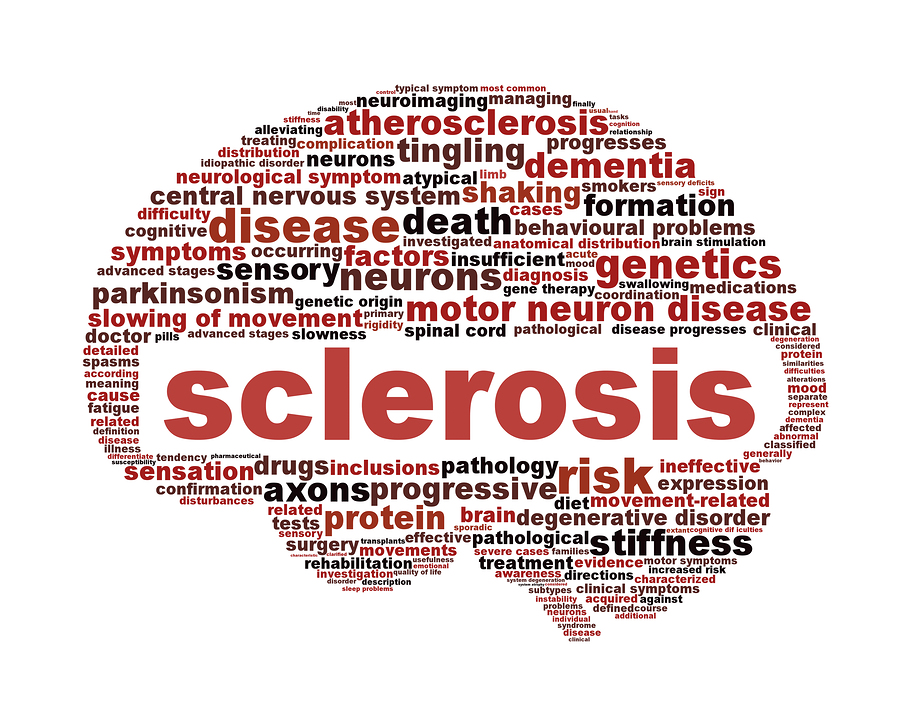In years past, one diagnostic test immersed a patient in very warm water to evaluate its impact on their symptoms, said Kathy Costello, vice president of programs for Can Do Multiple Sclerosis, a Colorado-based organization that provides lifestyle coaching for MS patients and their families.
“For people living with this, it’s really difficult. Hot days, hot rooms, hot bath, hot shower, hot drinks, having a fever — all of these things can make someone’s MS feel horrible,” Costello said. “They can have visual changes. They can have increased fatigue. They can have cognitive changes, weakness, increased numbness, essentially any of the areas that have been already affected by demyelination can suffer when that person’s body temperature is raised.”
And, she added, it doesn’t take a big temperature spike to cause trouble. “Half a degree is enough to have someone with MS experience an increase in their symptoms,” Costello said.
To cope, patients can wear lightweight, loose-fitting, breathable clothing; drink frozen beverages to cool off from the inside; and stay in air-conditioned rooms when it’s hot outdoors.
A variety of cooling products, including vests, neck wraps and bandanas, can enable someone with MS to get outside even if it’s hot. To exercise safely, they can walk before the heat of the day or work out in pools heated to 84 degrees F max.
As temperatures warm, electric company vouchers to help MS patients afford air conditioning might be one way to help, Elser said.
“I think that this is an area where there may be very real discrepancies in how individuals can protect themselves from unexpected weather and temperature based on income,” she said.
As weather patterns change, Elser added that a constant re-examination of health implications will be important, not only for individuals with MS, but also for other vulnerable patients.
More information
The U.S. National Institute of Neurological Disorders and Stroke has more information on MS.






